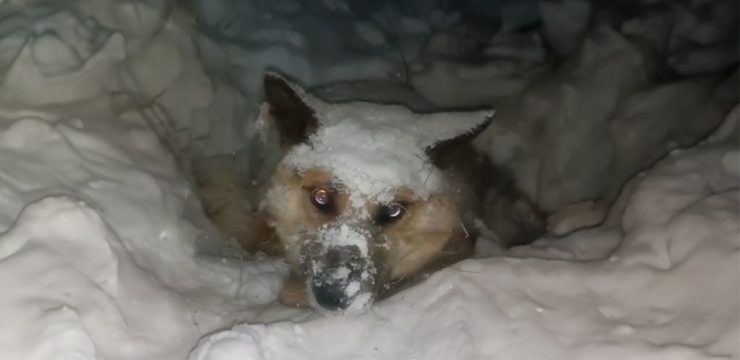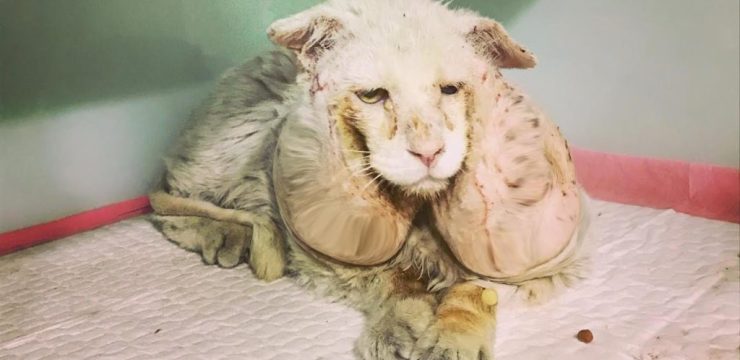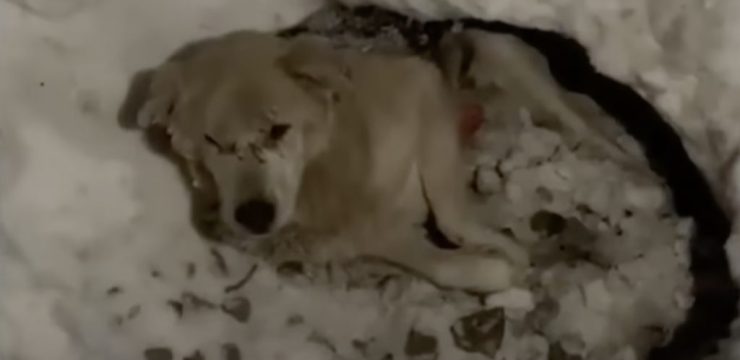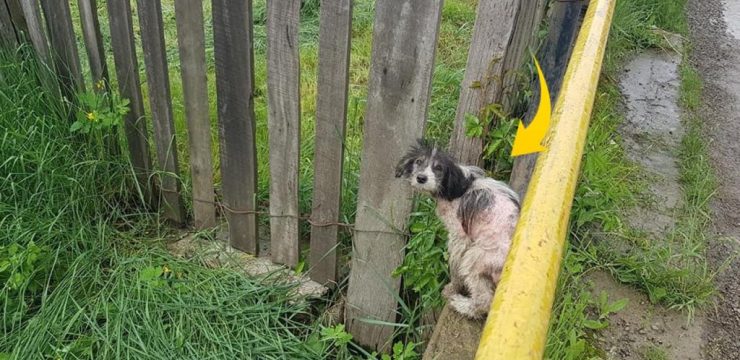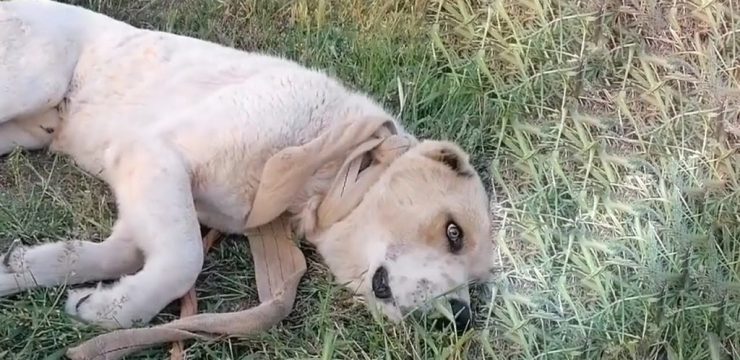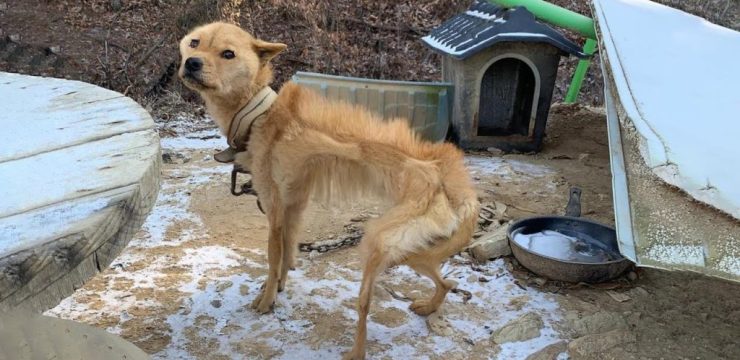In the vast, sun-scorched expanse of the Utah desert, where beauty and danger intertwine, a haunting mystery gripped the nation and refused to let go. It began in 2011, when two young tourists—Emily and Jake—set out on what was supposed to be the adventure of a lifetime. Instead, it became a tragedy that would take eight long years to unravel. When their remains were finally discovered in an abandoned mine in 2019, the revelation brought both heartbreak and closure to their loved ones, answering some questions while leaving others forever buried beneath the desert sands.
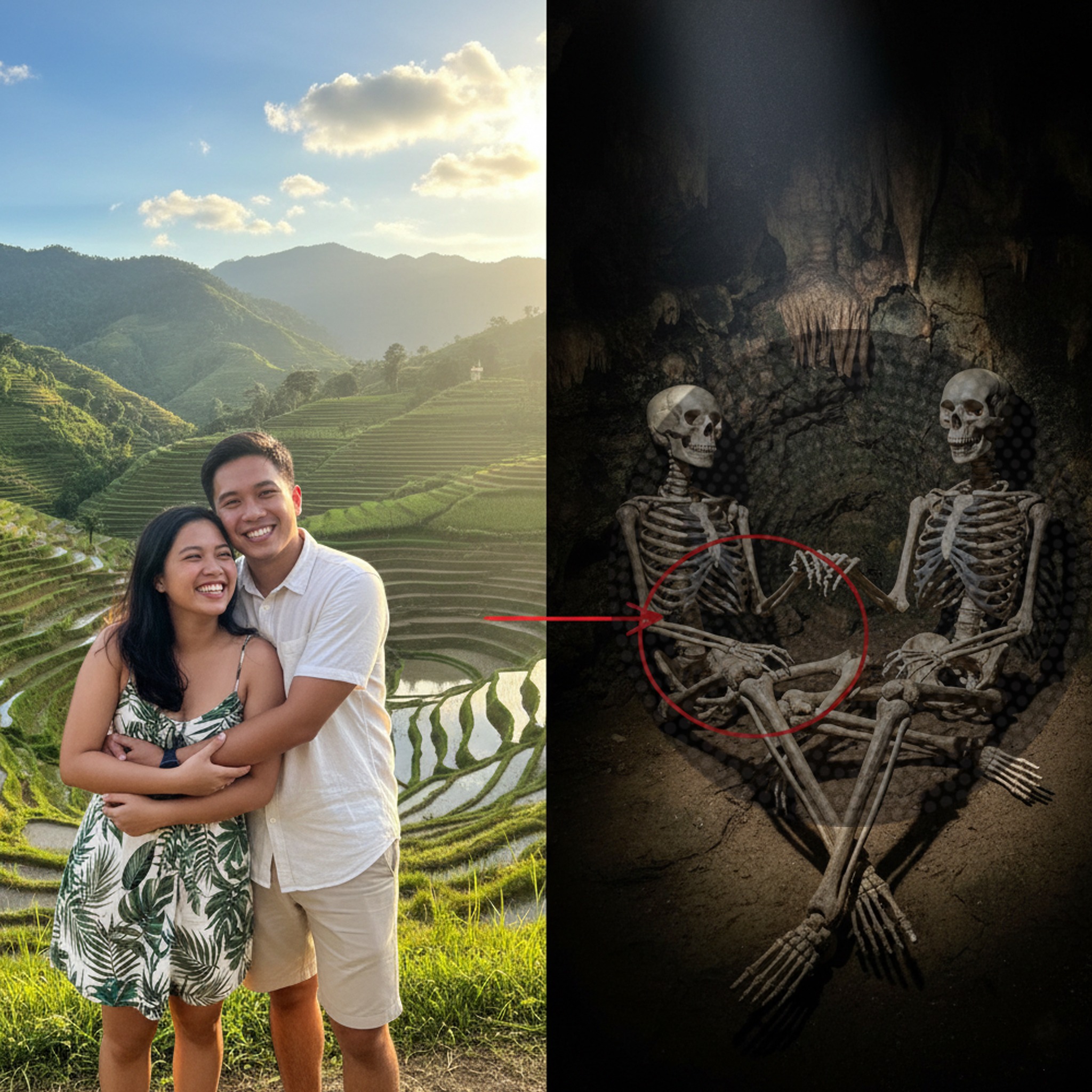
The Utah desert has always lured travelers and adventurers with its majestic red-rock formations, labyrinthine canyons, and endless horizons. It is a place of wonder and solitude, where the spirit of adventure meets the full force of nature’s unforgiving temperament. For those who seek to conquer its beauty, the desert offers both exhilaration and peril. The extreme heat, vast distances, and treacherous terrain have challenged even the most seasoned explorers—and, in some cases, claimed their lives.
In June 2011, Emily and Jake—two avid travelers drawn to the wild beauty of the American Southwest—embarked on a road trip through Utah’s remote desert landscapes. They had mapped out trails, packed their gear, and promised to document every moment of their journey. Friends and family received cheerful messages filled with excitement and photos of breathtaking vistas. But as the sun dipped below the desert horizon one evening, their updates abruptly stopped. Calls went unanswered. Messages were left unread. And within days, concern turned into panic.
Search and rescue teams were immediately deployed. Helicopters combed the skies while volunteers and dogs scoured miles of rugged terrain. But the vast desert yielded no clues—no tire tracks, no camp remnants, no personal belongings. It was as if Emily and Jake had vanished into thin air. Weeks turned into months, and the case slowly slipped from national headlines. Still, their families refused to give up hope, organizing annual vigils and pleading for information. The Utah wilderness, beautiful yet merciless, had swallowed two more souls, leaving loved ones clinging to fading hope and unanswered prayers.
Years passed, and life moved on for most. But for Emily and Jake’s families, each sunrise brought a renewed ache. The mystery of what had happened remained unsolved, suspended between hope and despair. Many speculated they had lost their way in the heat and succumbed to the elements. Others feared they had fallen victim to foul play. But no theory could fill the painful silence that lingered.
Then, in early 2019, fate intervened. A team of miners exploring an abandoned site deep in the Utah desert made a shocking discovery. Inside a narrow, dusty tunnel, illuminated by flickering headlamps, sat two bodies—side by side, motionless, preserved by the dry desert air. It was a scene frozen in time. Authorities quickly confirmed what many had long feared: the remains belonged to Emily and Jake.
Investigators determined that the couple had likely sought shelter in the mine during their ill-fated trip, possibly to escape the searing heat or a sudden desert storm. But the exact cause of their deaths could not be definitively determined. Whether it was dehydration, exhaustion, or disorientation, the circumstances painted a grim picture of two adventurers who fought desperately against nature’s odds—and lost.
News of the discovery sent shockwaves through their hometowns. For years, families and friends had clung to the hope that Emily and Jake might somehow be alive, stranded but surviving somewhere out there. The confirmation of their deaths brought both devastation and closure. Memorial services were held to celebrate their lives—the laughter they shared, their love for the outdoors, and their fearless curiosity about the world.
The tragedy also ignited conversations about wilderness safety, preparation, and respect for nature’s unpredictability. Local authorities and park officials used the story to remind future adventurers that even experienced hikers are vulnerable when exploring remote areas. Simple precautions—carrying adequate water, leaving detailed travel plans with others, and understanding local geography—can make the difference between life and death in the desert.
Yet, beyond the cautionary lessons, Emily and Jake’s story struck a deeper emotional chord. Their disappearance had united communities—friends, strangers, and volunteers who had joined hands to search for them. Their rediscovery reminded people of the power of persistence, compassion, and collective hope. Even in tragedy, their story reflected humanity’s enduring connection to those who venture into the unknown.
In the years since their discovery, Emily and Jake’s families have worked to preserve their memory not as victims of the wilderness, but as lovers of life—two souls who dared to explore the raw beauty of the world. They have supported outdoor education programs and wilderness safety initiatives, hoping that no other family endures the same pain.
The Utah desert remains as breathtaking as ever—its cliffs glowing crimson at sunset, its vast silence humbling all who enter. But for those who know Emily and Jake’s story, it holds a somber reminder of how quickly adventure can turn to tragedy. It’s a place where awe and danger coexist, where the same landscape that inspires wonder can also test the limits of human endurance.
As we remember Emily and Jake, their story reminds us to approach nature not just with curiosity, but with caution and respect. Their legacy endures in every traveler who prepares more carefully, every explorer who double-checks their route, and every loved one who insists on a safety plan before goodbye.
The desert that once took them now bears their story—etched into its red rocks and whispering winds—a timeless reminder that life, no matter how fleeting, should be lived fully, bravely, and with deep reverence for the world we seek to explore.
